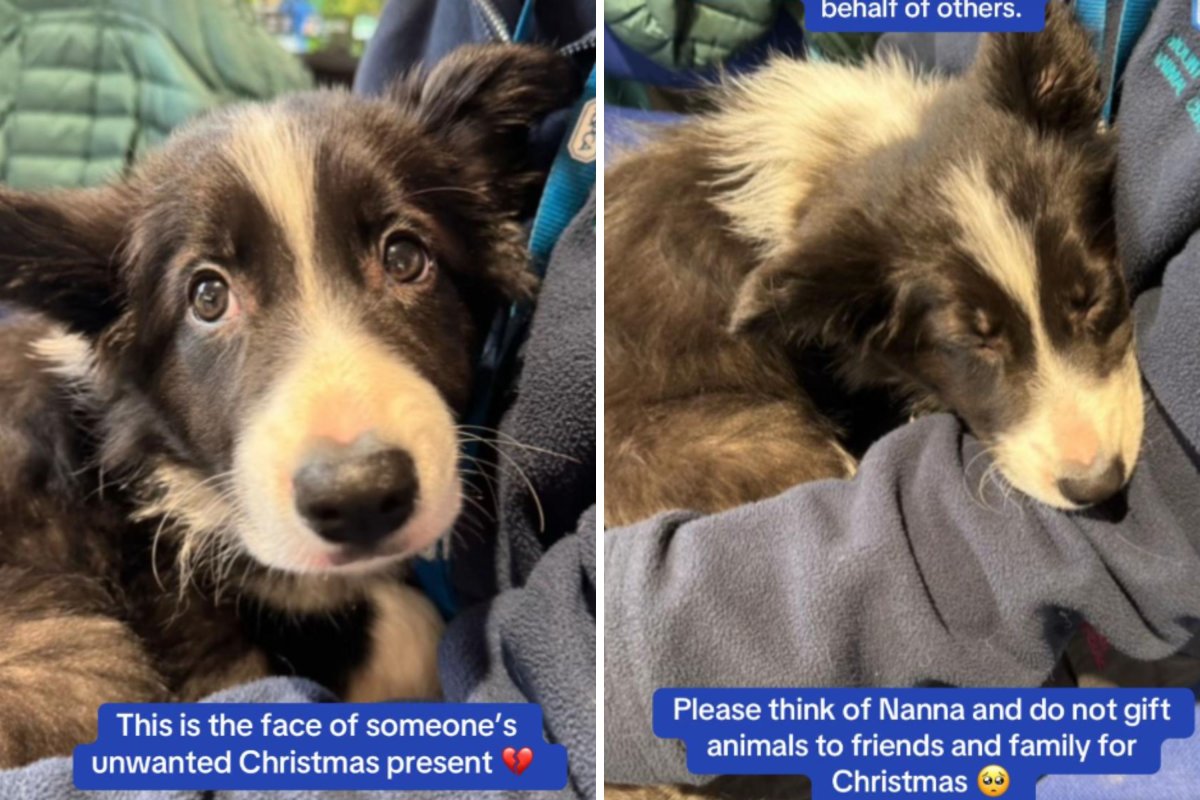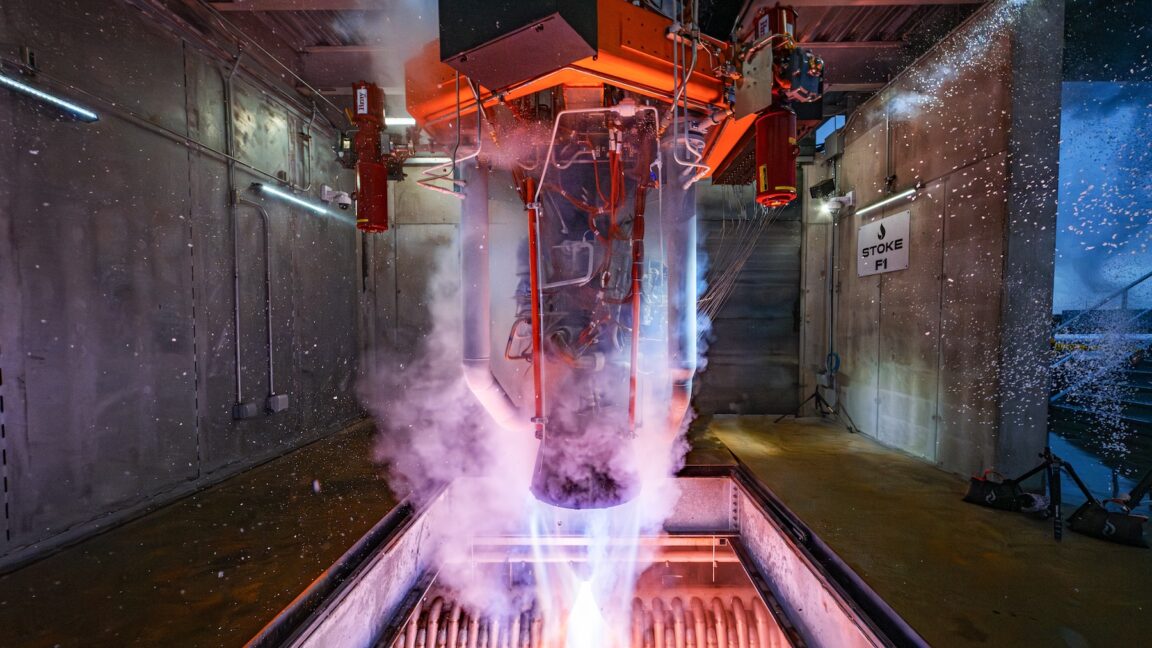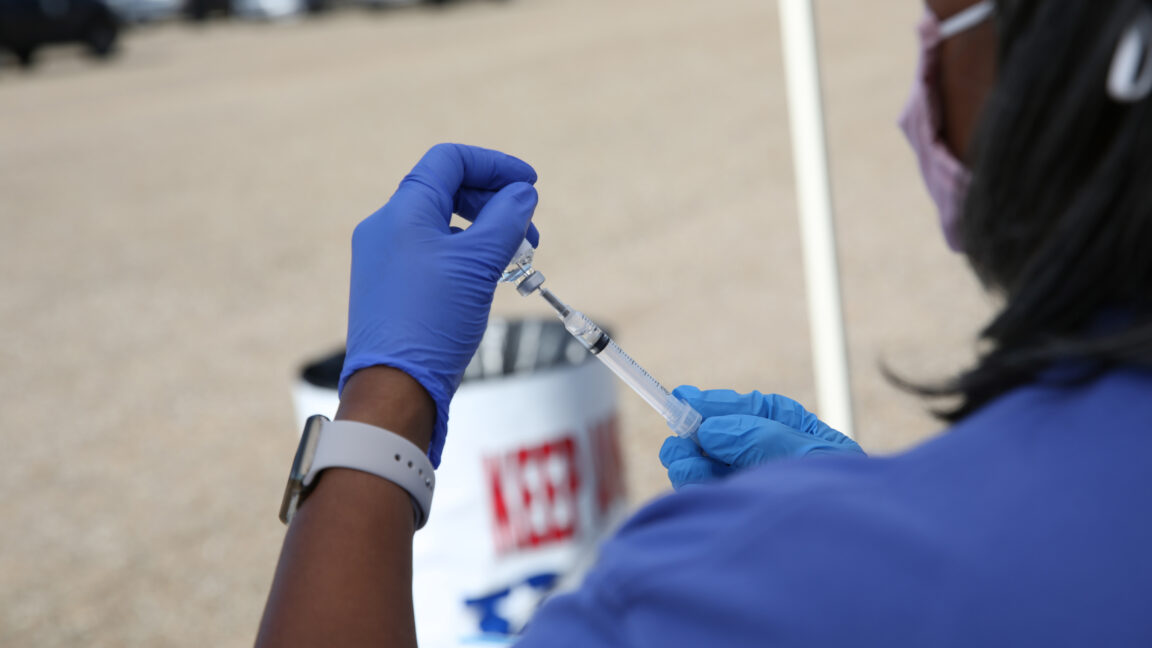How a Changing Climate Is Reshaping the Spread of Infectious Diseases

As global temperatures rise, the spread of infectious diseases is rapidly evolving in unexpected ways.
That’s something that Dr. Angelle Desiree LaBeaud thinks about a lot. A physician-scientist, epidemiologist and professor in the Division of Pediatric Infectious Diseases at Stanford University’s School of Medicine, LaBeaud studies the epidemiology and ecology of domestic and international arboviruses and emerging infections, including the environmental factors that affect transmission and severity of disease. She is also a senior fellow at the Stanford Woods Institute for the Environment.
She spoke with Inside Climate News about the overlooked links between climate, vector-borne illness and health equity—and why localized, community-driven solutions are essential in a more unpredictable world.
This interview has been edited for length and clarity.
“It’s crucial to understand what’s really happening on the ground all over the world.”So we’re not getting a really good baseline understanding of the burden of disease, or where exactly it’s concentrated in communities. I think expanded access to testing, more healthcare provider education and integrated efforts that link climate with actionable policy outcomes could be beneficial. BANERJEE: Many of the regions most affected by climate-driven disease shifts are also those with the least resources for adaptation. What are some of the most promising community-driven or policy-based interventions you’ve seen? LABEAUD: I’m definitely a community-based researcher, and about three and a half years ago, we launched a nonprofit called the Health and Environmental Research Institute in Kenya. It’s an initiative … that brings together community members, policymakers, scientists and other key stakeholders—because it really takes all of us to do this work. We focus on community action, public education, outreach and activation and awareness-building, while also working closely with policymakers to support and enforce sustainable policies. Our vision is to build environmentally conscious, thriving communities that live sustainably. And we try to achieve that by inspiring collective action—making communities healthier and environments more resilient. Some of the things we do, for example, include large-scale trash pickups. The idea is that by decreasing the amount of plastic laying around our communities, we can reduce the amount of mosquito breeding. We pair these with other sustainability efforts like tree-planting, and we go into schools to work with children, treating them as the agents of change. We empower them to dump outstanding water and engage in what we call “larval source reduction,” which means eliminating buckets, containers and small pools of stagnant water. These mosquitoes prefer to feed on humans and don’t fly very far, so keeping your own backyard clean can actually make a big difference. If you’re not breeding mosquitoes on your property, you’re reducing your risk significantly. BANERJEE: As someone working at the intersection of infectious disease research and climate change, what do you think are the biggest knowledge gaps that need urgent attention? Where does research need to go next? LABEAUD: I do think there’s still a lot of potential in early warning systems. We need ones that are co-designed with policymakers, so they’re getting the kind of information they actually need, in a format they can act on, even with limited resources. More integration is really key there. I also think, although these infections are often considered short-lived, they can sometimes have long-term health consequences. So, having effective treatments—actual drugs that target these viruses—would be wonderful. And of course, more vaccines. There are people working on dengue vaccines and chikungunya vaccines, and some are starting to come along. They’re not widely available yet, and some have issues, but vaccines are definitely a promising direction. But I also keep coming back to what we’ve been talking about: community-level work. I really believe there’s so much more we can do locally. Cleaning up the environment, educating people so they understand why they’re doing it and creating a sense of collective responsibility—those efforts go a long way. And it’s a win-win for health. When you clean up your environment, you’re not just reducing mosquito breeding sites and vector-borne disease, you’re also likely reducing things like rodent infestations and food and waterborne illnesses in the neighborhood. It’s not just protection against dengue; it’s protection against everything Aedes aegypti can carry, and beyond. There’s a lot of bang for your buck when you invest in environmental health.













